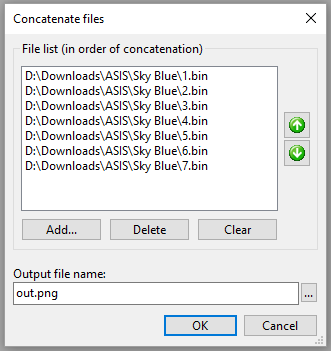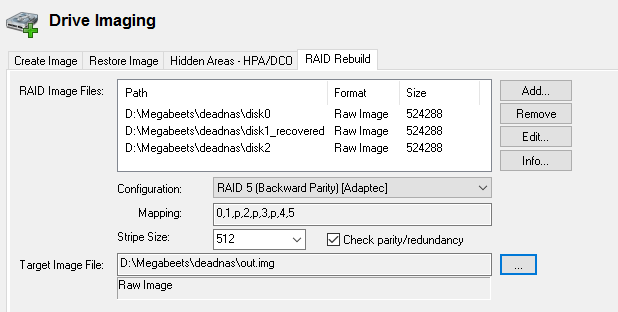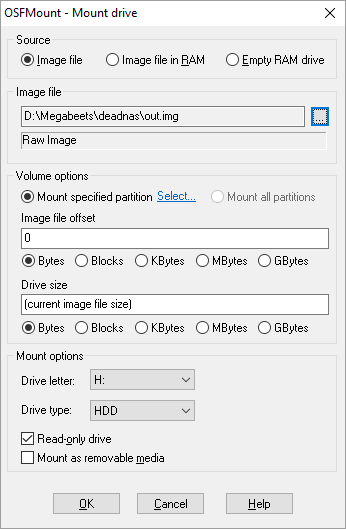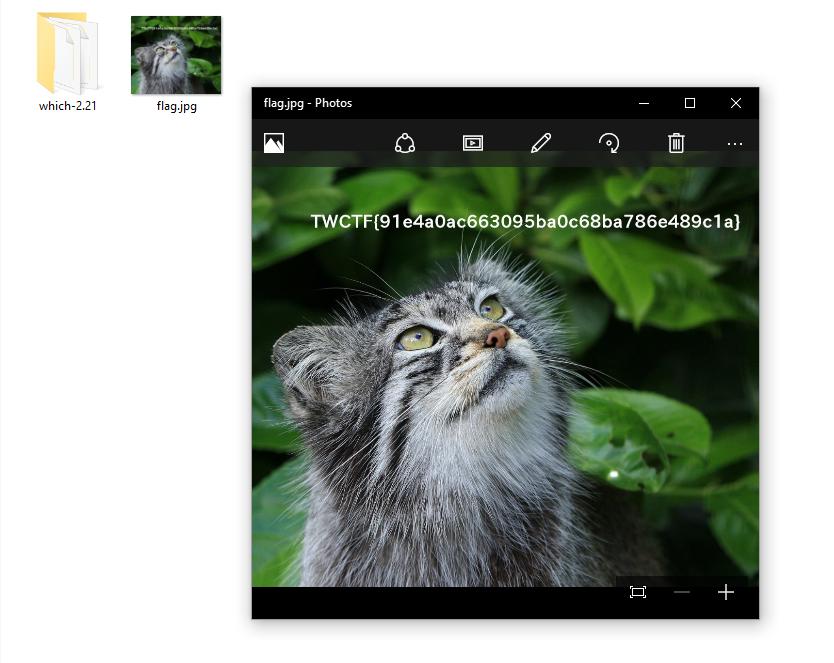Description:
Is kill can fix? Sign the autopsy file?
kill.pcapng
This challenge was the first in the Forensics category and was very very simple. We are given with what seems like a corrupted pcapng file, I wasn’t able to open it in Wireshark nor Tcpdump. I ran strings on it with a hope to find the flag:
[Megabeets] /tmp/CSAW/kill# strings kill.pcapng | grep -i flag
=flag{roses_r_blue_violets_r_r3d_mayb3_harambae_is_not_kill}
And to my great surprise I got it, the flag was written plain-text in the file.







